Swimming styles and abilities in arboreal ants
In the recent article “Kinematic study of six mangrove ant species (Hymenoptera: Formicidae) reveals different swimming styles and abilities” published in Myrmecological News, Patrick Schultheiss & Benoit Guénard investigate swimming abilities in arboreal ants. They found differences in the speed and directedness of ants’ swimming locomotion, and thus large differences in swimming styles with some ant species displaying behavioural adaptations for swimming. Here, Patrick Schultheiss & Benoit Guénard share some pictures and a short video.
A Photoblog compiled by Patrick Schultheiss & Benoit Guénard
Patrick Schultheiss (centre) and Benoit Guénard (right) collecting ants in a Hong Kong mangrove with the help of Sabine Nooten (left). The muddy ground is exposed during low tide, while the water is about breast-high during high tide. We collected arboreal ants to see whether they are able to swim (photo © Mark Wong).
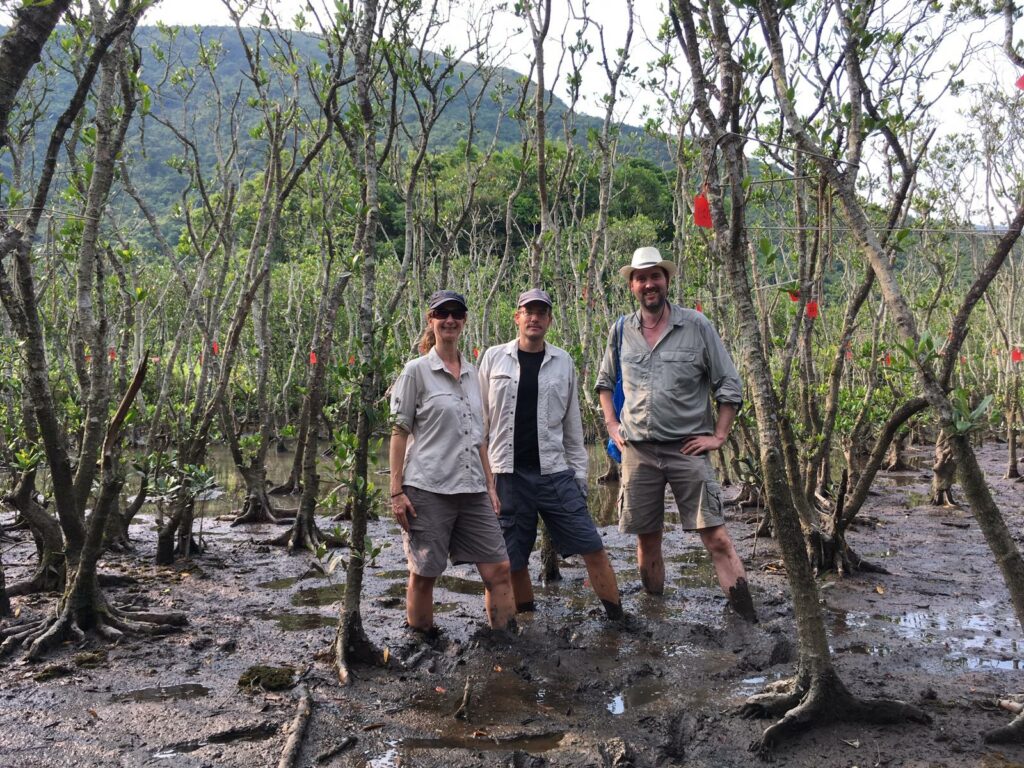
Arboreal colonies colonies of Dolichoderus sibiricus ants nest in small twigs. These ants are able to swim at the water surface and can steer their movements in certain directions (photo © François Brassard).
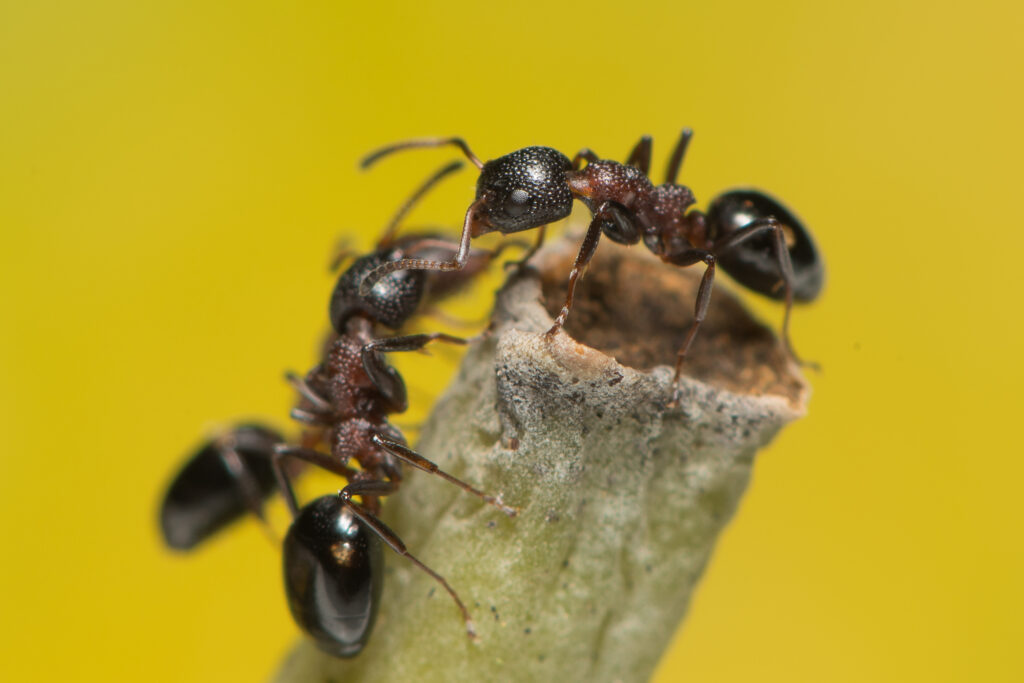
This Dilobocondyla fouqueti worker (picture below) has been placed on a water surface, where it swims very slowly. These ants use their front legs for paddling, alternating between the left and right side. The hind legs are held straight backwards and act as rudders (photo © François Brassard).
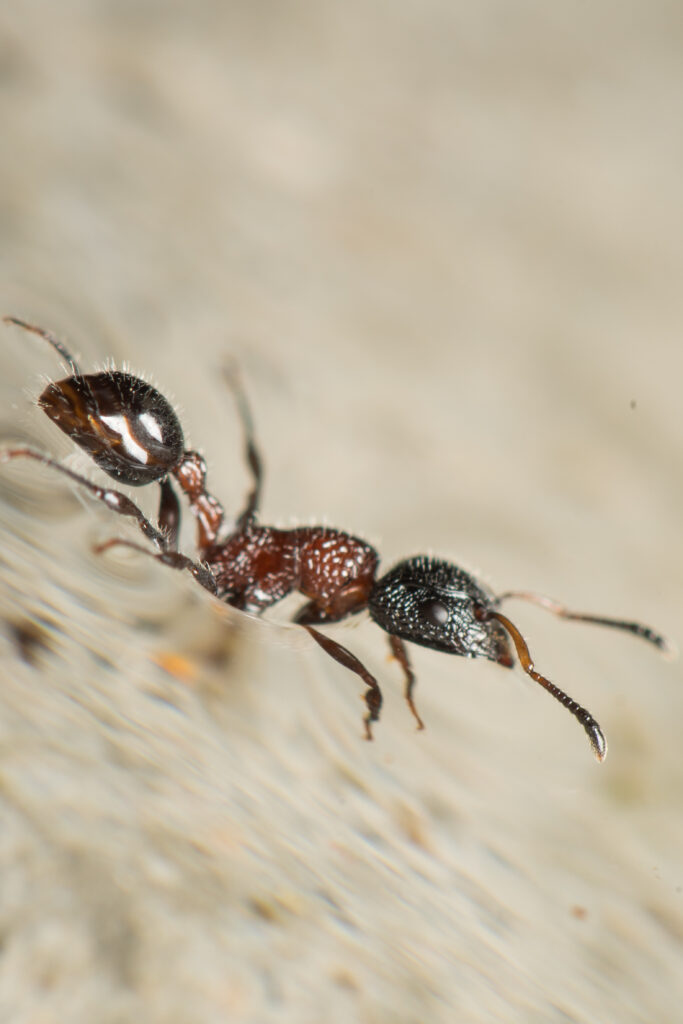
Crematogaster rogenhoferi is a common ant species in Hong Kong and can form quite large arboreal nests in mangroves. When placed on the water, they show hardly any swimming ability and basically just turn in circles (photo © François Brassard).
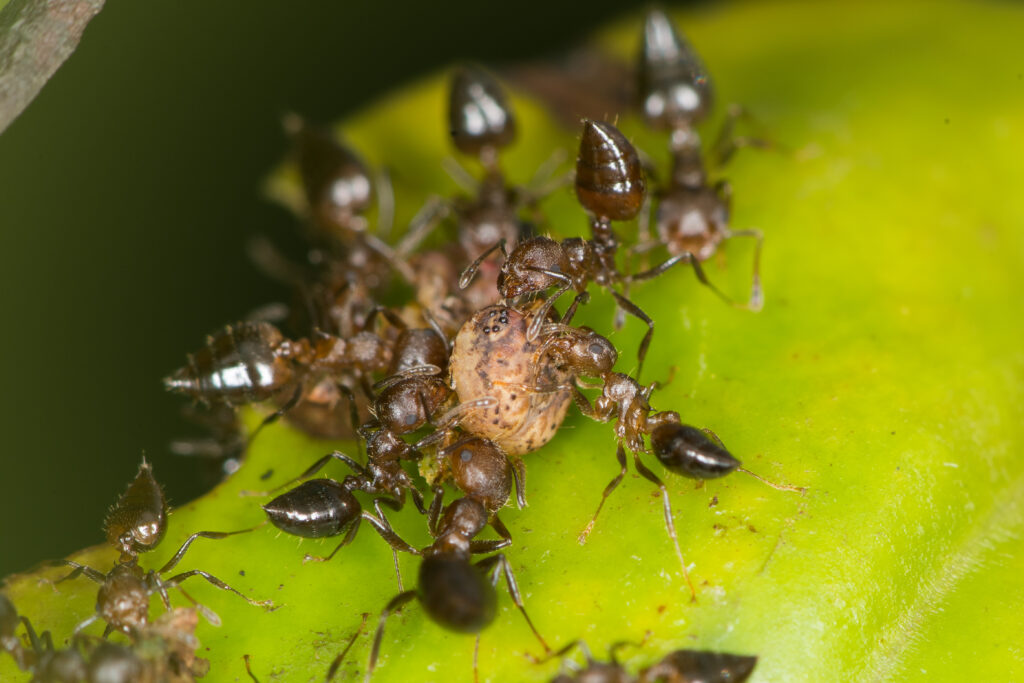
This slowed-down video sequence (240 frames per second) shows the coordinated leg movements of a swimming Camponotus vitiosus ant (video © Patrick Schultheiss).


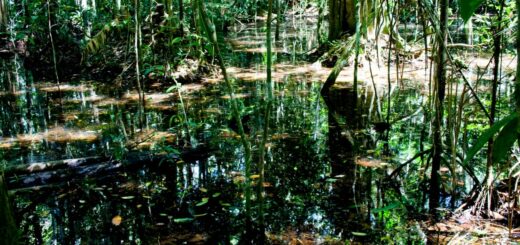
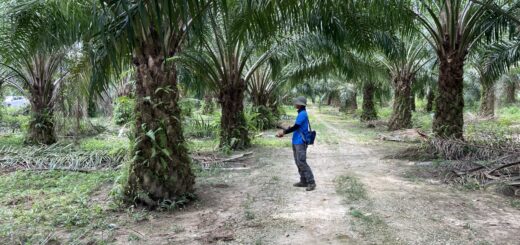
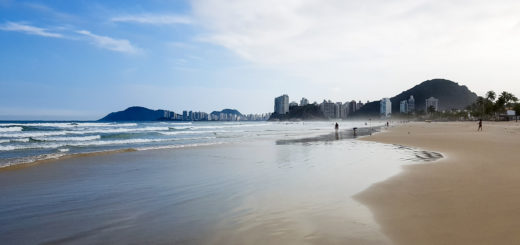
Recent Comments